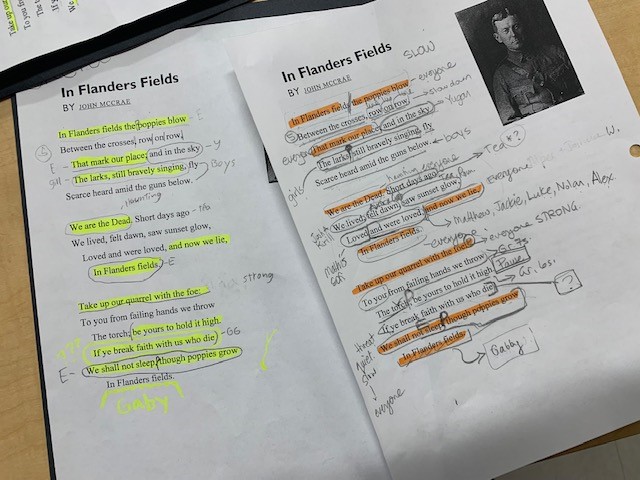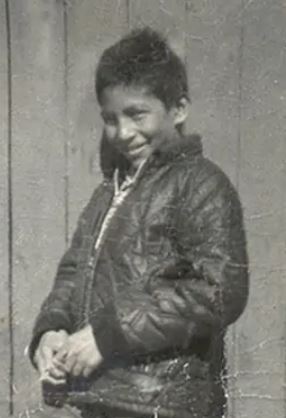
Text and image from downiewenjack.ca
Over the next couple of weeks, students in Division 3 will be exploring the story of Chanie Wenjack through music and art.
Chanie Wenjack was an Anishinaabe boy born in Ogoki Post on the Marten Falls Reserve on January 19th, 1954. Chanie’s story, tragically, is like so many stories of Indigenous children in this country; he fell victim to Canada’s colonization of Indigenous Peoples.
In 1963, at the age of nine, Chanie was sent to the Cecilia Jeffrey Indian Residential school in Kenora, Ontario. In 1966, at 12-years old, Chanie ran away from Cecilia Jeffrey, attempting to reunite with his family 600 kilometers away in Ogoki Post. Nine others ran away that same day, all but Chanie were caught within 24 hours.
Sadly, Chanie eventually succumbed to starvation and exposure. In his pocket was nothing but a little glass jar with seven wooden matches.

Gord Downie performing Secret Path in 2017
The late musician, Gord Downie, worked with the Wenjack family and artist Jeff Lemire to tell Chanie’s story. Gord Downie calls on each Canadian to “do something” to take on some form of reconciliACTION to help heal the wrongs of Canada’s past. ReconciliACTION is a meaningful action that moves reconciliation forward–it can raise further awareness, improve the lives of Indigenous people, or improve the relationship between Indigenous and non-Indigenous people.
The Honourable Justice Murray Sinclair, chair of the Truth and Reconciliation Commission, said, “Education got us into this mess, and education will get us out of it.” Part of our truth and reconciliation work in Division 3 is to learn Chanie’s story. Some other ideas of possible steps toward reconciliation can be found at the Downie and Wenjack Foundation.
 As part of our media literacy studies, and in preparation for Earth Day next week, students in Division 5 have been discussing the concept of “greenwashing.”
As part of our media literacy studies, and in preparation for Earth Day next week, students in Division 5 have been discussing the concept of “greenwashing.”


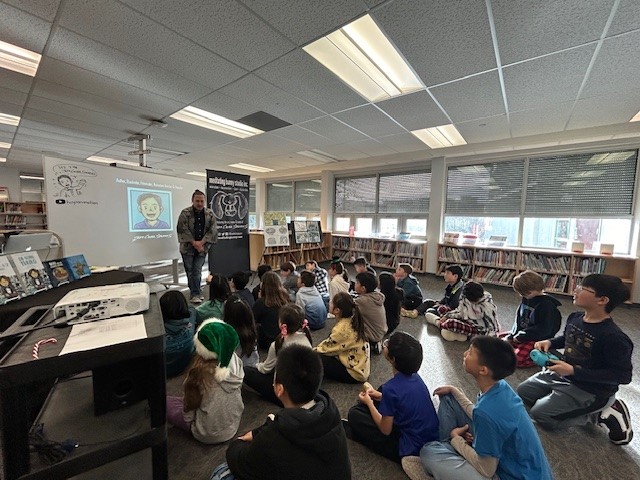 Author, filmmaker, and animator, Jeff Chiba Stearns, visited University Highlands today to talk about his art. We were particularly interested to hear about his newest book, On Being Yukiko, because we have been learning about the internment of Japanese Canadians during World War 2. On Being Yukiko explores Japanese Canadian family history and cultural identity, and how the impacts of displacement and racism echo into the lived experiences of people today. Jeff worked with artist,
Author, filmmaker, and animator, Jeff Chiba Stearns, visited University Highlands today to talk about his art. We were particularly interested to hear about his newest book, On Being Yukiko, because we have been learning about the internment of Japanese Canadians during World War 2. On Being Yukiko explores Japanese Canadian family history and cultural identity, and how the impacts of displacement and racism echo into the lived experiences of people today. Jeff worked with artist, 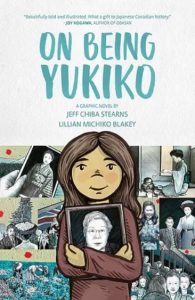
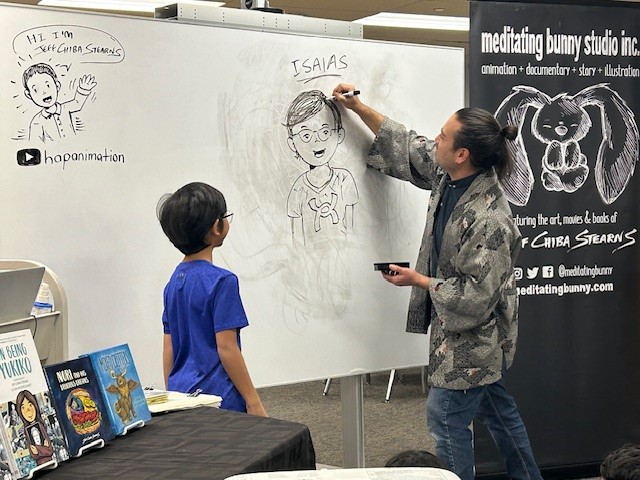

 In the current novel we’re reading, The Giver, the world is a place of grays and beiges. Everyone under twelve recognizes their birthday on the exact same day, and people take medication to suppress their feelings. Great steps are taken to avoid any amount of physical or emotional pain. People dress the same, and life’s big decisions–jobs, domestic partnerships, and even children–are chosen for you. If members of the community are no longer able to contribute to society, they are released, keeping only the most “productive” of people.
In the current novel we’re reading, The Giver, the world is a place of grays and beiges. Everyone under twelve recognizes their birthday on the exact same day, and people take medication to suppress their feelings. Great steps are taken to avoid any amount of physical or emotional pain. People dress the same, and life’s big decisions–jobs, domestic partnerships, and even children–are chosen for you. If members of the community are no longer able to contribute to society, they are released, keeping only the most “productive” of people.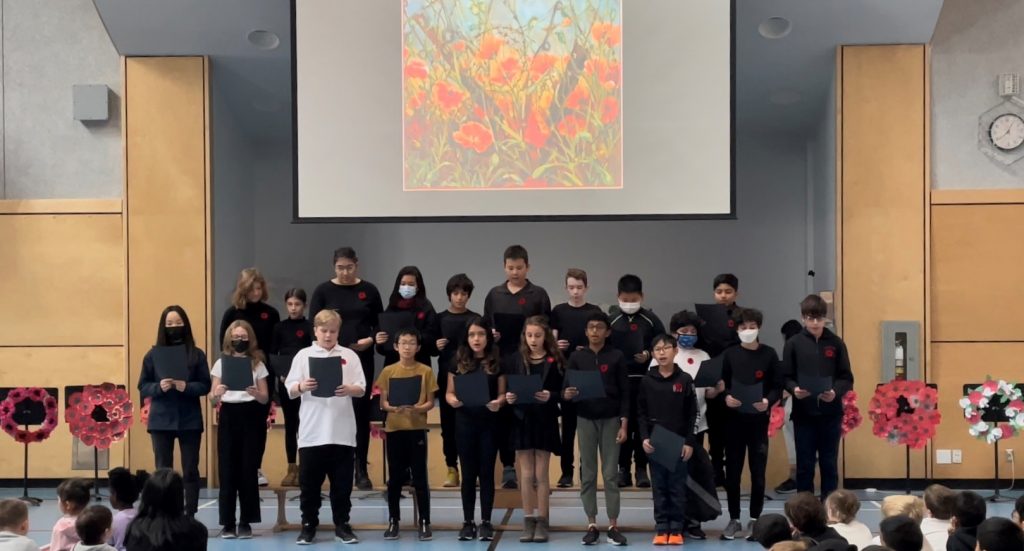
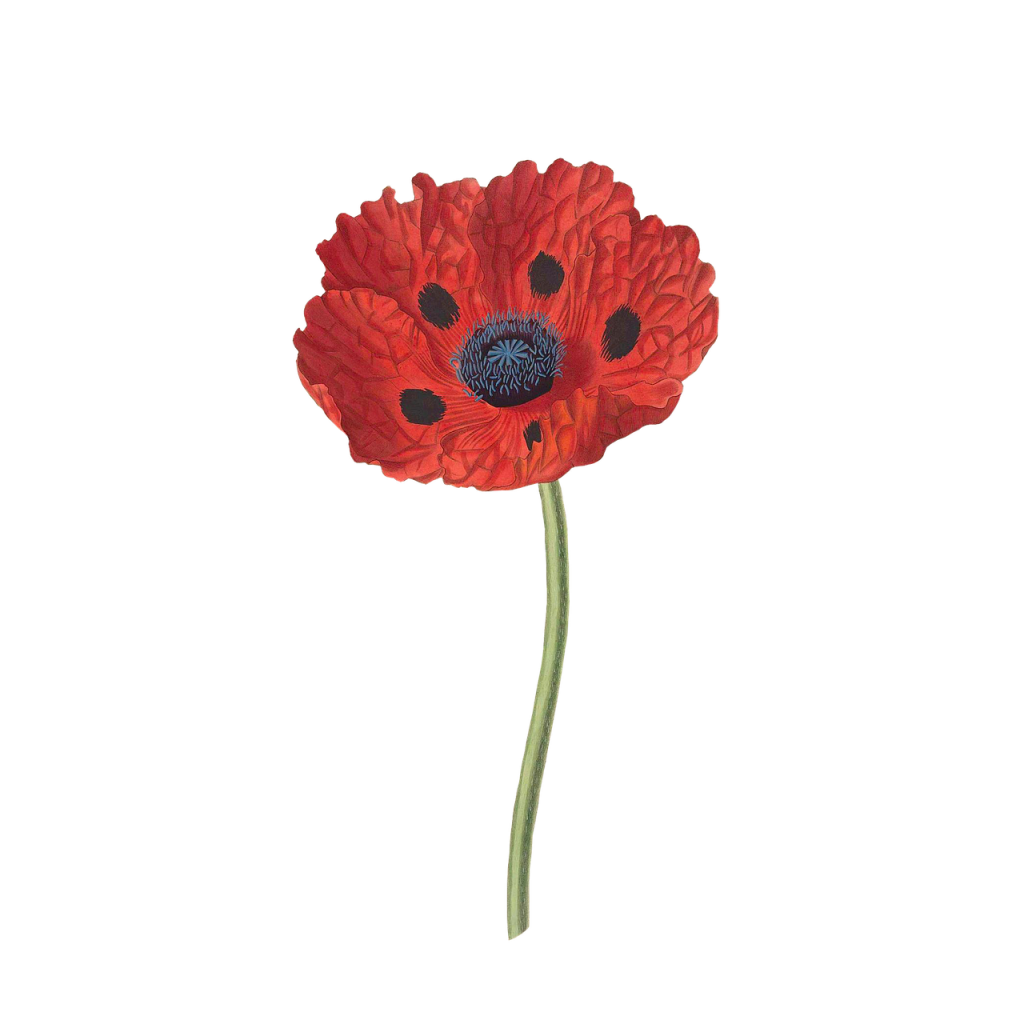 In preparation for the Remembrance Day assembly, Division 3 has been working on a dramatic chorale reading of John McCrae’s poem, In Flanders Fields.
In preparation for the Remembrance Day assembly, Division 3 has been working on a dramatic chorale reading of John McCrae’s poem, In Flanders Fields.